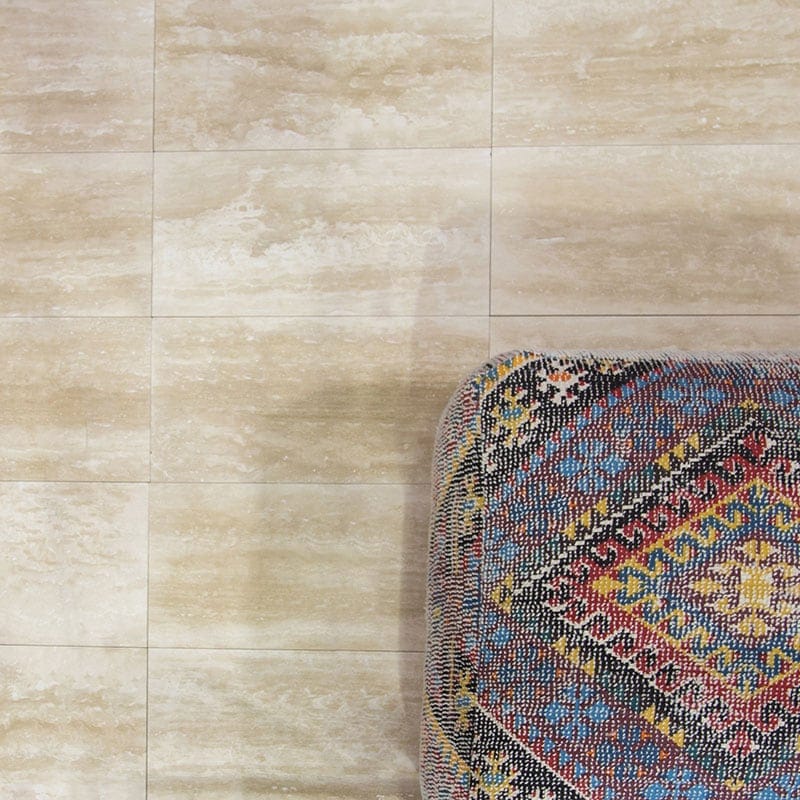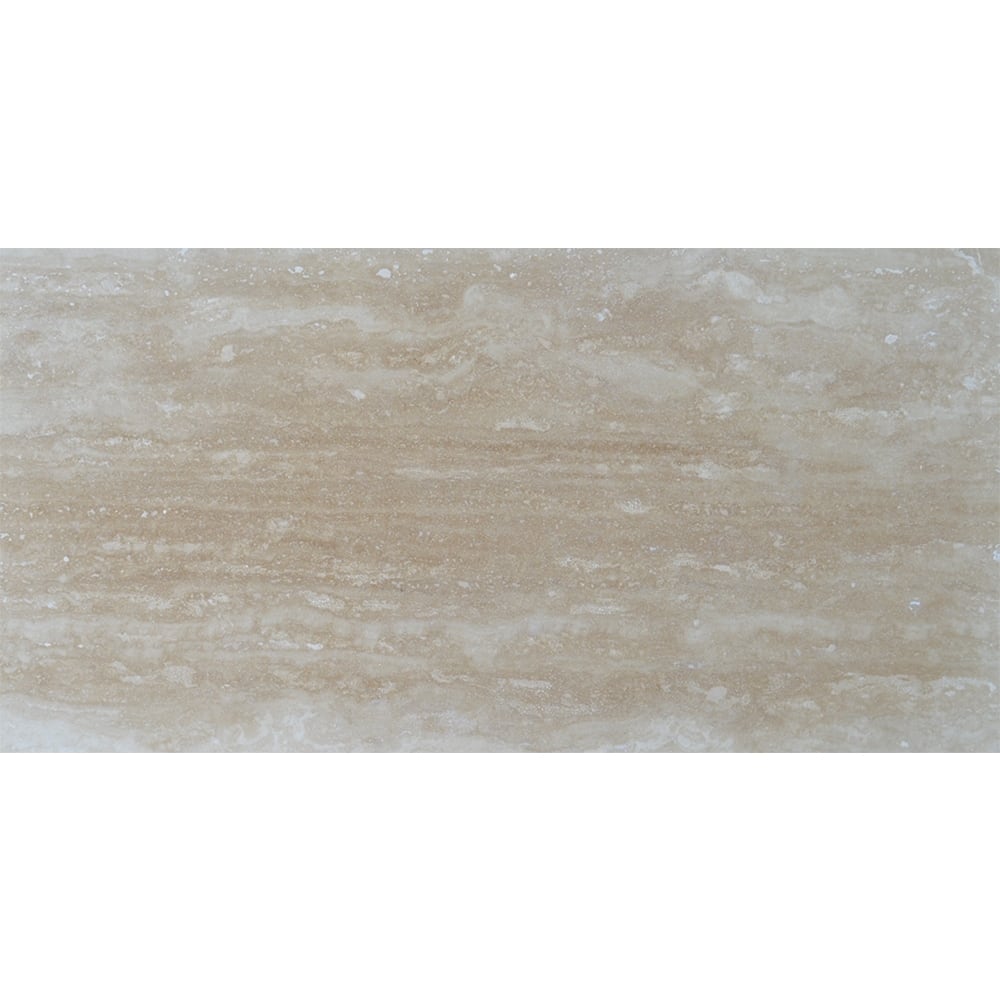How to clean a travertine floor? If you have a beautiful travertine floor that has been in your family for generations, it is important to know how to care for and protect this natural stone. Travertine tile is porous which makes it susceptible to dirt and staining. This blog post will teach you the basics of cleaning and protecting your travertine floor tile so they are ready for generations of enjoyment.
Travertine is a natural stone. It’s porous and can be easily stained with oils, dirt, grime, and other debris. Travertine floors are beautiful but require routine maintenance to maintain their beauty. This blog post will discuss how to clean your travertine flooring as well as the best products for protecting it from stains in the future.
Cleaning and Protecting a Travertine Floor
Today, travertine is a relatively common flooring in the luxury residential space. In order to best understand cleaning and protecting a travertine floor, let’s first learn a little about it geologically. We have previously discussed travertine in this space and said that it is a:
“Sedimentary rock which is one of the three major groups that also includes igneous and metamorphic stones.”
After the science, let’s think about more anecdotal appraisals. Travertine is usually light to medium in its color value. It will usually have voids or holes that many times have been filled at some point between when it was quarried and when your floor was finished. Most commonly, this stone is sold and installed in a polished or honed finish.
Here are a few tips on cleaning and protecting your travertine:
Learn About Your Floor or Countertop!
As a layperson, make sure that you really have a travertine floor/top and not another stone that looks similar. Determine from the builder, designer, or installer whether it has been sealed or not.
Seal the Stone!
If for some reason, the material has not been sealed then by all means have it sealed. But first, determine if you should use a water-based “top dressing” type of sealer or a more “penetrating” oil-based sealer. Also, decide if you want the sealer to add or detract from the gloss level. It is easiest to consult a professional on these details.
Clean Up!
Heavily sealed, lightly sealed, or not sealed at all you cannot expect sealing to stop all staining. So clean up spills and “drops” as fast as possible. Red wine, ketchup, olive oils, mustard…they are not your friends. Wipe them up ASAP!
Mop, Dry and Wet!
This ancient product is best served by consistent dry mopping and weekly wet mopping. The vacuum cleaner is not as effective and can even chip or gouge the floor. When wet mopping, keep the water clean so you are not simply moving the dirt around.
Cover Up!
In all truth, it makes a tremendous amount of sense to make use of rugs on your floor. For example, a fashion-forward rug treatment in an entryway or in a hall can be both a practical idea and a design focal point.
Well, folks…thanks for stopping by and reading. This post is meant to be a simple primer to help you understand a process. For more depth, Marble Systems has locations across America and also in Puerto Rico. For more information on this or any stone and tile topic stop into one of them for a visit.






